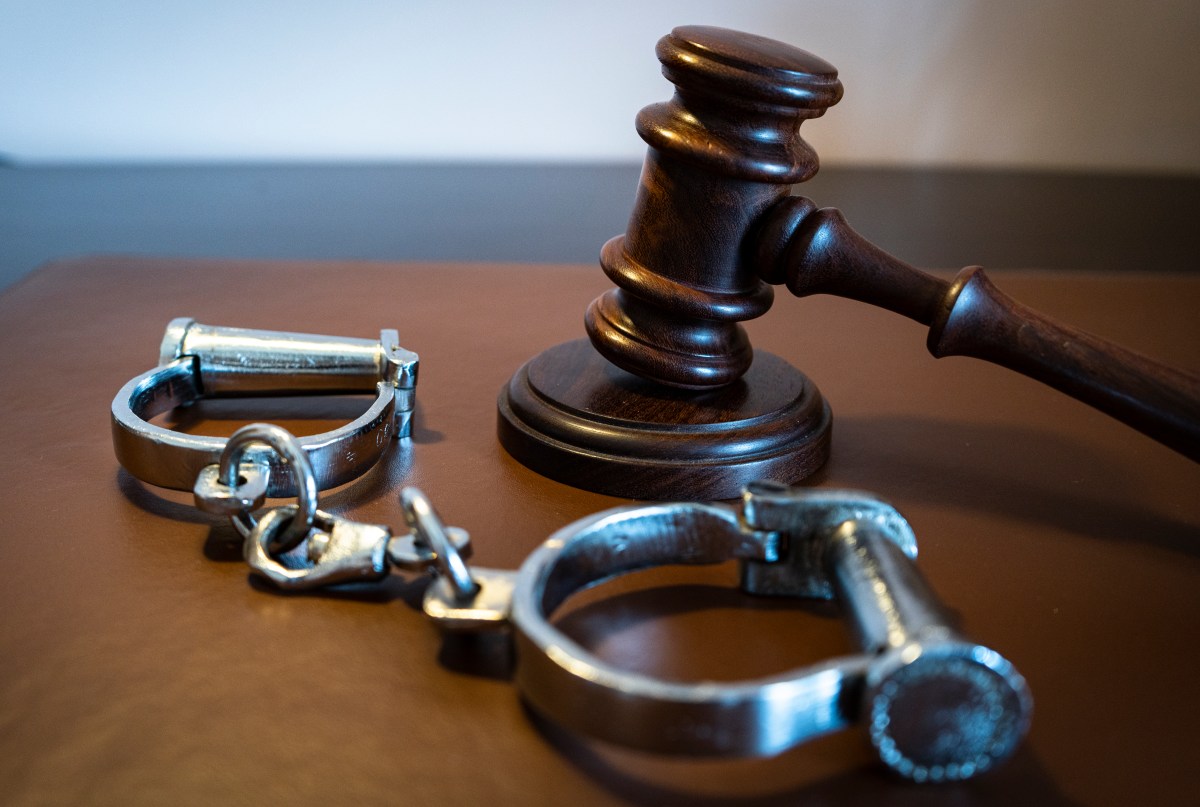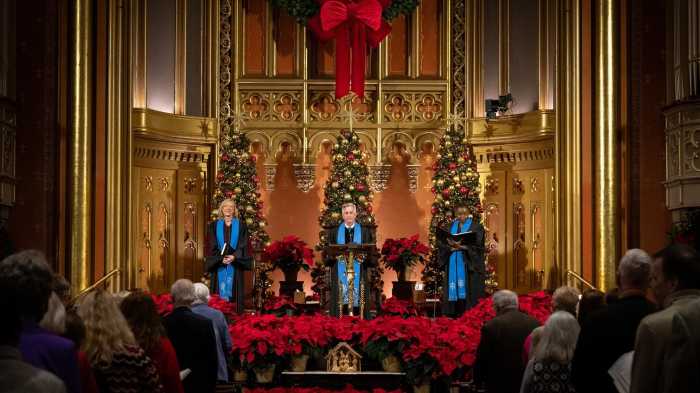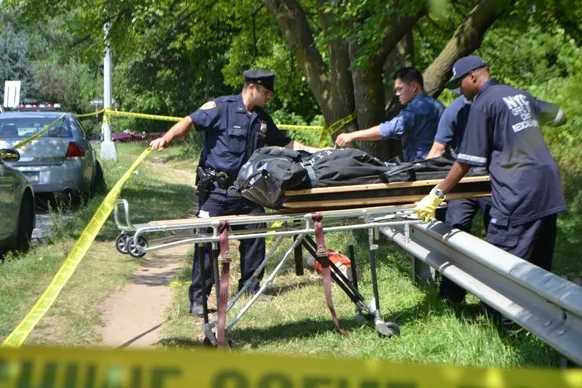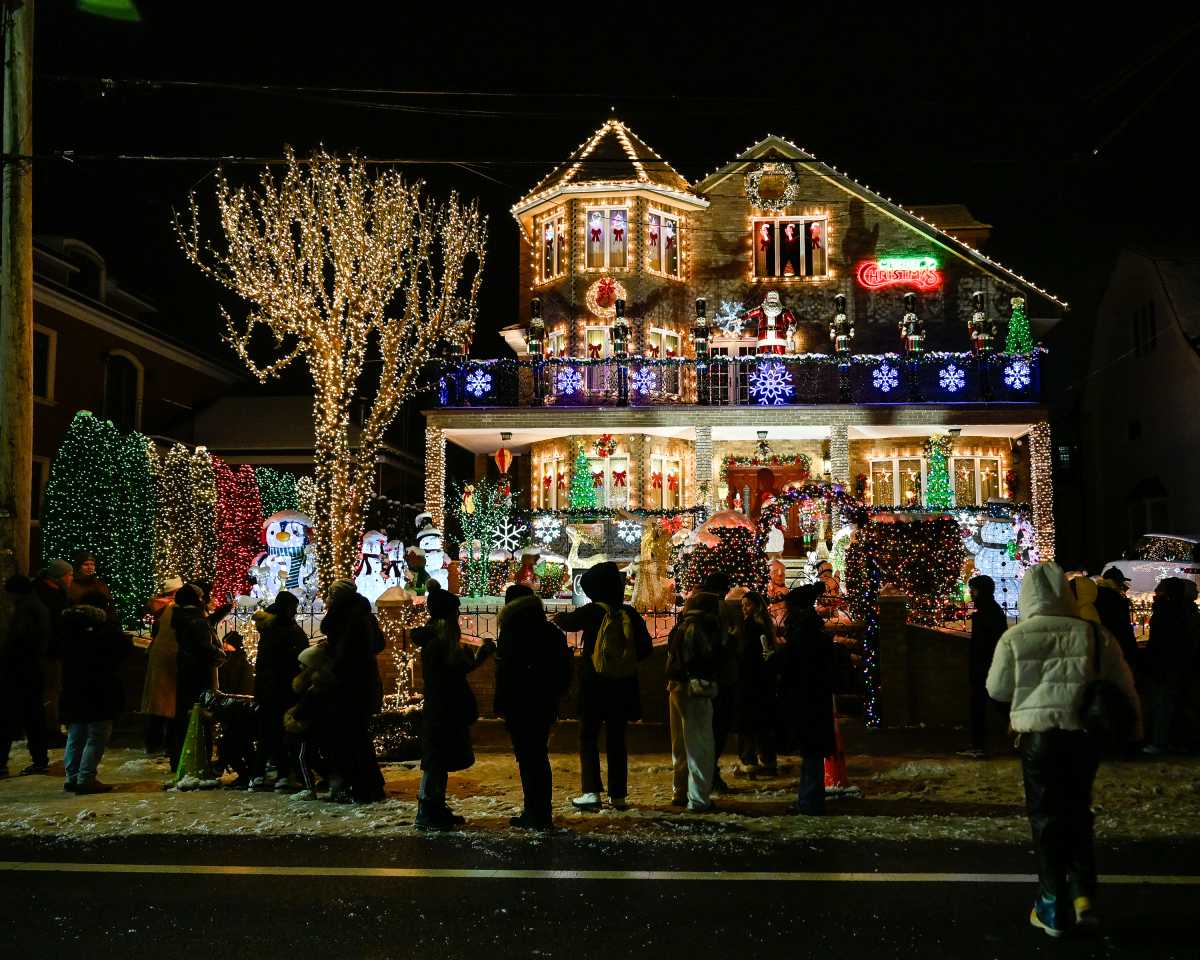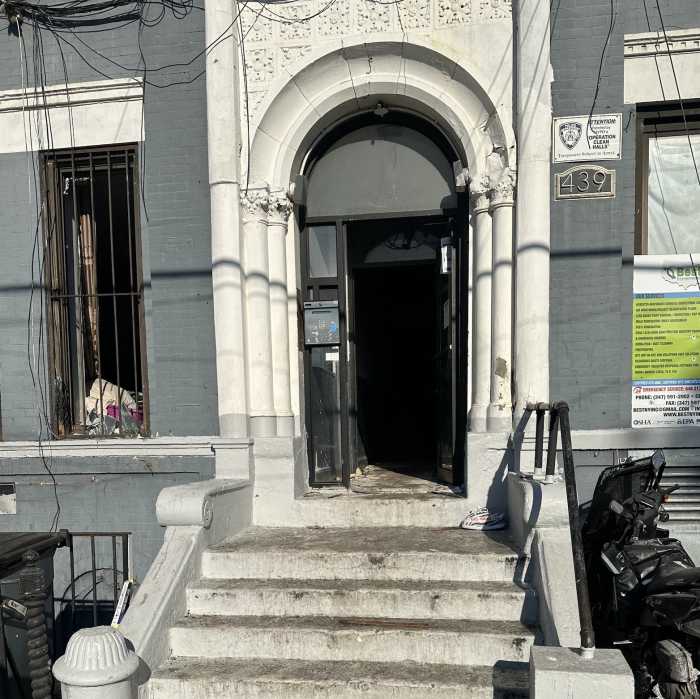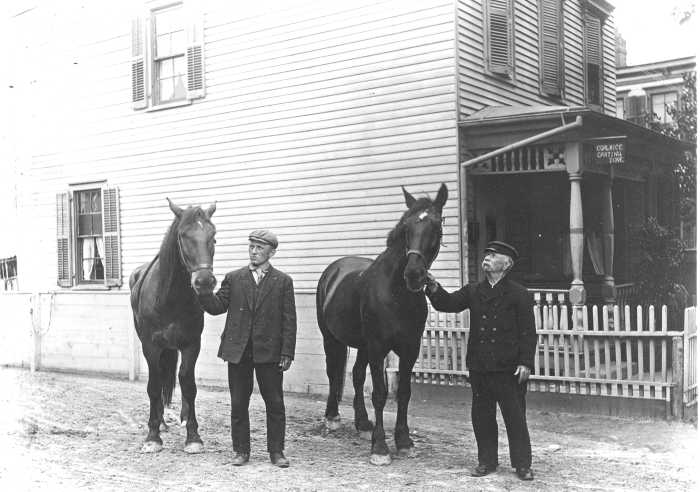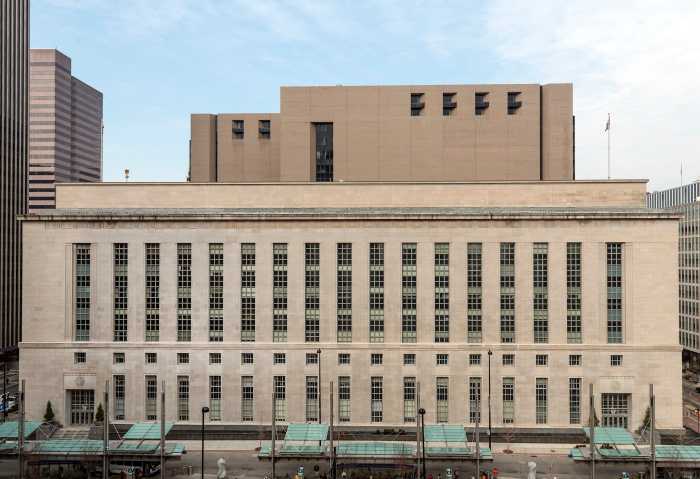Congestion pricing’s long-term future remains uncertain thanks to a pending court case between the MTA and Trump’s Transportation Department — yet new statistics show that the Manhattan toll program appears to be achieving two primary goals: lowering traffic and bringing more riders into the subways.
The latest MTA data showed that on average, 560,405 vehicles entered the Central Business District (CBD) of Manhattan below 60th Street daily during March 2025, down 13% from the daily baseline historical average of 642,500 vehicles into the zone. Over the course of the entire month, the MTA said congestion pricing led to 2,544,945 fewer entries into the CBD.
Based on the data gathered, that marked an improvement from February 2025, the first full month of congestion pricing was in effect; the Manhattan toll program was officially launched on Jan. 5. During February, an average of 541,409 vehicles entered the CBD daily, down from the historic average 613,900 — and translating to 2,029,748 fewer trips into the zone.

Though the data indicates fewer cars in Manhattan, the MTA’s subway ridership data seemed to indicate that more people were choosing to ride the subway. On April 1, the MTA reported a 7-day ridership average of 3,629,762 — which marks an 8.6% increase from the 7-day ridership average of 3,341,522 on that date in 2024.

The ridership data also noted something significant: Except for New Year’s Day, Jan. 1, the 7-day ridership average on the subways has exceeded 3 million every day in 2025. That average has not been seen since before the COVID-19 pandemic struck New York City five springs ago, in 2020.
Between April 1 and 10 of this year, the MTA further reported that daily subway ridership exceeded 4 million passengers six times.
“New Yorkers know the best way to get around is on mass transit and with congestion relief reducing cars on the road while increasing business, tens of thousands more riders are using subways and buses every day to get to restaurants, theaters, and wherever else they want to go,” MTA Spokesperson Joana Flores said in a statement to amNewYork on Sunday.
At this point, it remains unknown how much revenue the congestion pricing program reaped during March. The MTA reported at its March meeting that the Manhattan toll program provided $51.9 million in revenue during February; it’s likely that March revenue will be discussed at the April 30 MTA board meeting.
Including the $48.6 million in tolls garnered in January, congestion pricing raised $100.5 million in revenue during its first two months — putting it on track to eclipse $620 million in revenue this calendar year.
But congestion pricing is currently only guaranteed through at least October. An agreement between the MTA and the US Department of Transportation will permit the congestion pricing tolls to remain on for the next six months, and its future beyond that point rests on the fate of the MTA’s lawsuit seeking to stop President Trump’s efforts to kill the toll program.
The US Transportation Department insists that the toll program is “illegal,” but the MTA and Gov. Kathy Hochul insist that the federal government has no authority to stop it. The program received final authorization during the Biden administration after years of federal review.





